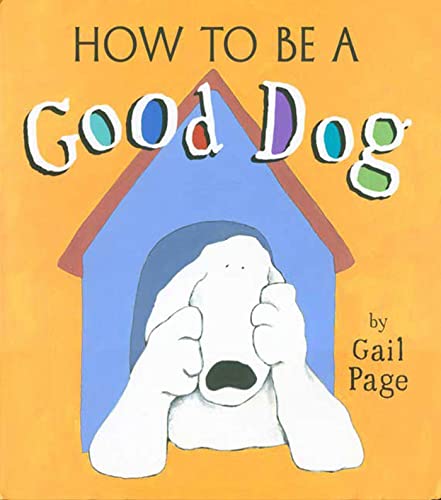Written by Robie H. Harris
Illustrated by Harry Bliss
(Scholastic, 2004)
Some reading makes us think.
It loads us down with new ideas, transforms us. This is not such a book. Good thing, too. Don’t
Forget to Come Back! is a breezy read to make you smile. Sometimes reading should solely be about the
pleasure of being entertained.
The story is easily relatable—Mom and Dad ready for a night
out as their child (alternately referred as Pumpkin and Sugar) does everything
in her power to convince them to stay or, at the very least, take her with
them. Logic (“I am NOT a baby”) doesn’t
work. Scare tactics (“if you go out
tonight, the biggest baddest moose will walk into the kitchen—and eat me up”)
also fail. Through all the girl’s
dramatic turns, Mom and Dad calmly continue to get ready. And, yes, they actually do go out.
Sugar Pumpkin is left with Sarah the babysitter. Thankfully, the story doesn’t drift into
horror or some kind of cockamamie wild adventure. Save that for movies. The tale continues to quietly amuse. Sarah reads The Bad Boyfriend: A Novel as
Sugar Pumpkin considers adding peanut butter and pickles to her slice of
pizza. They paint their nails, with SP
incidentally creating a Jackson Pollock knockoff on her foot. Turns out a night out for Mom and Dad isn’t
so bad for anyone.
I pulled this book off a shelf after eying the cover. I am a big Harry Bliss fan. His illustrations need to be savored as he
adds humorous touches. In addition to
the toenail splatter painting, he invents a new cereal (Cherry Glows), a
Frankenstein lamp, and a memorable image of makeup abuse. My favorite pictures, however, involve the
menacing moose. The speech bubbles,
presumably by Robie Harris, contain just enough to enhance the narrative.
If you have a young one, Don’t
Forget to Come Back! might be the perfect read before your next night on
the town. Just hide the nail polish.



